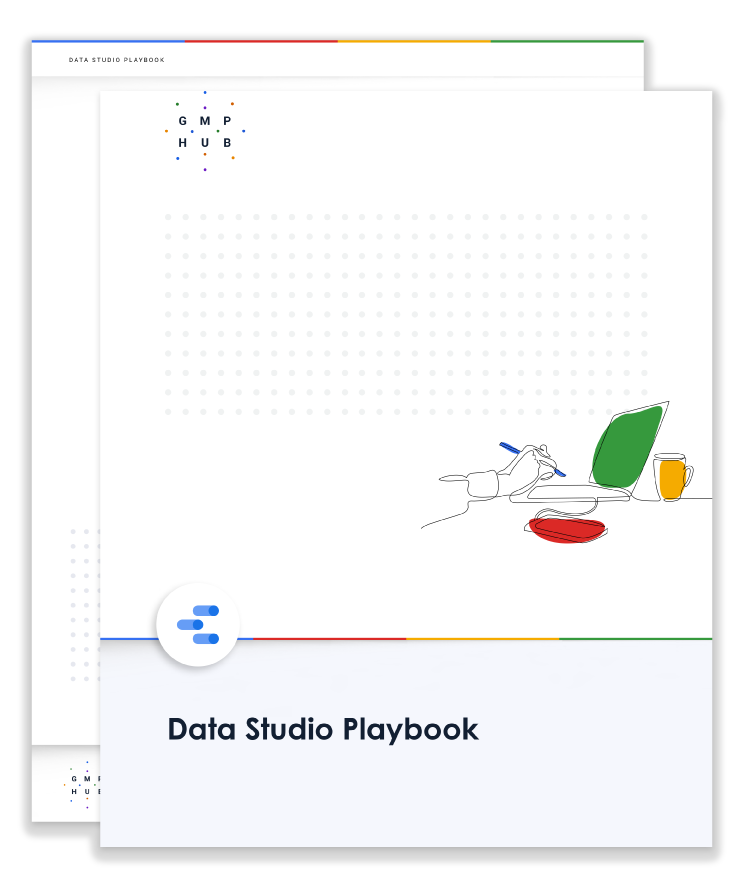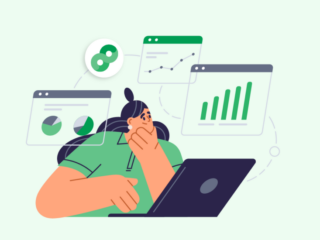“Dress me slowly, I’m in a hurry.” – Napoleon Bonaparte
The hardest thing to do when you’re busy is to, well, stop. It’s counterintuitive. Maybe you’re running to pick up the kids, or perhaps you’re rushing to beat rush hour traffic and get to your friend’s birthday dinner on time. The last thing you’d want right now is to fall down or forget something in the middle of your haste. The analogy is extreme here, but the same can be said within a business context.
Oftentimes, organizations are so laser-focused on growth that decision makers don’t realize that growth alone can be measured to determine how fast or how healthy the business is growing. If said growth starts to slow down, it’s an indicator that something is amiss and a diagnostic is due to evaluate why.
What is a reporting framework and why does your organization need it?
Diagnostics are not often considered until the symptoms of an illness are present. But when growth slows down, it’s important to start looking at how we are defining business objectives, if they’re relevant, and more importantly, how they are being measured and reported on.
A reporting framework is precisely that – a deep diagnostic that evaluates how your organization measures success in order to accurately and faithfully report on business performance. A framework also lays out the plan to activate these measures of success across the entire organization.
Gathering Requirements
The work begins by setting up workshops with key stakeholders to start gathering business intelligence. This often involves getting brutally honest on what is working and what isn’t – the effectiveness of the outcome from implementing a reporting framework will be directly correlated to the health of the organization and its culture.
How does it look in action? Normally, a project manager or operations manager will set up a series of two to three meetings where the participants, guided by a strategist or analyst who understands the business, will answer questions to help narrow down and extract these KPIs. The initial meeting tends to be high level, while the final ones tend to narrow down on the most important indicators of success.
To ensure these interviews are successful, come prepared with an outline or a series of bucketed questions by topic. These will help guide the conversations and timebox it to ensure the business intelligence is extracted.
Finally, the team running the workshops will distill the information and synthesize the findings to prepare them for sharing with the organization.
Defining Business Objectives and KPIs
Gathering requirements also involves defining the business’ core objectives, its respective goals, and the questions asked to measure that these are being met. Moreover, though not entirely necessary, it also cuts deep to determine teams and key stakeholders responsible for safeguarding these KPIs and consuming reporting vehicles.
To define the key business objectives (KBOs), you could look into the funnel of your advertising programs, or if your organization is a retail enterprise, how consumers move from awareness to consideration. The general guideline is to limit the KBOs to three to five, max.
Once the KBOs are laid out, you assign business goals to each, respectively. The goals explicitly determine the steps or tactics required to accomplish each KBO. For instance, if one of your KBOs is to increase awareness of a newly launched loyalty program, one of your business goals could be to get more visitors to your website or the store.
Finally, under each KBO with its respective business goals, the stakeholders will then narrow down KPIs that would evaluate performance of each goal. Consider only selecting measures that directly answer the question, “are we accomplishing this goal, yes or no?” This ties back to having an airtight implementation, with the dimensions and metrics required to understand consumer behavior in the digital space. Though it could be tempting to add the whole menu of metrics as KPIs, remember, if everything’s important, nothing is.
Platform Governance
A reporting framework also involves evaluating the data architecture and how it wraps around the platforms where data is warehoused, transformed, extracted, and visualized for analysis purposes.
Platform governance then becomes a pivotal process of defining which platforms are the top priority, how they serve the organization, how to clear out the clutter of old reports or test workspaces, and who consumes the data directly from these analytics platforms.
Using a centralized system – like the Google Marketing Platform, for instance – could streamline workflows. If your organization is already leveraging Google Analytics for reporting and media budgets allocated on Campaign Manager 360 (C360), Search Ads 360 (SA360), and Display & Video 360 (DV360), the reporting framework can tie back to the architecture of the GMP.
Enabling structured data collection systems and a clearly defined platform governance for data usage will ultimately ladder up to a well-established martech maturity model.
Data Segmentation
The reporting framework can also be developed to establish which segments are important to the business, and how measurement can vary for these segments. For instance, an online-only ecommerce retailer may be interested in analyzing performance for visitors who have an account and compare it against those who don’t have one. Visitors who have an account may be more likely to repurchase a product, especially if the website is set up to remind them about that pair of jeans that fit so well and they loved. But for visitors who don’t have an account, repurchase rate may not be a relevant metric – perhaps pages / session or product detail page views may be better indicators that these visitors are inching closer from consideration to conversion.
Defining this type of granularity in the reporting framework can lead to unearthing immensely valuable opportunities, just by way of leveraging metrics that are the most relevant to each of these audiences, leading to analyses that are better geared towards optimization and growth.
Timing and Milestone-Setting: A Living, Breathing Document
Part of the reporting framework is laying out a learning agenda that breaks down the business questions under each KBO and its respective business goals. This learning agenda should lay out the priority for answering each set of business questions, the team’s ability to answer, which reporting vehicles will be used, the timing and frequency of each report (weekly, monthly, quarterly, etc.), and how the reports are being used for activation. Example below:
Activation: Translating the Plan Into Real Outcomes
As a key piece of strategy, a reporting framework has to translate into clear, actionable steps. Activating a reporting vehicle simply answers the question, “what do we want to do with this information?”
Whether it’s self-service dashboards, periodic reporting, or serial analyses, any reporting vehicle laid out in the framework should ultimately help stakeholders make effective business decisions.
As an example, an organization could have a business goal to generate demand for a newly launched service. Always-on dashboards set up to measure success of the user funnel could inform sales and marketing teams on new leads, help them craft nurture campaigns, and shift media budgets to propel their lead gen efforts.
Reporting Framework Template
Our team at Cardinal Path specializes in working with your teams to set up a reporting framework for optimal decision-making and guides you through the entire process to generate this key piece of strategic intelligence.
You can also use our generic reporting framework template to get kick-started:



















